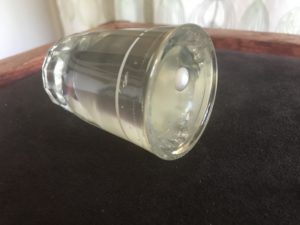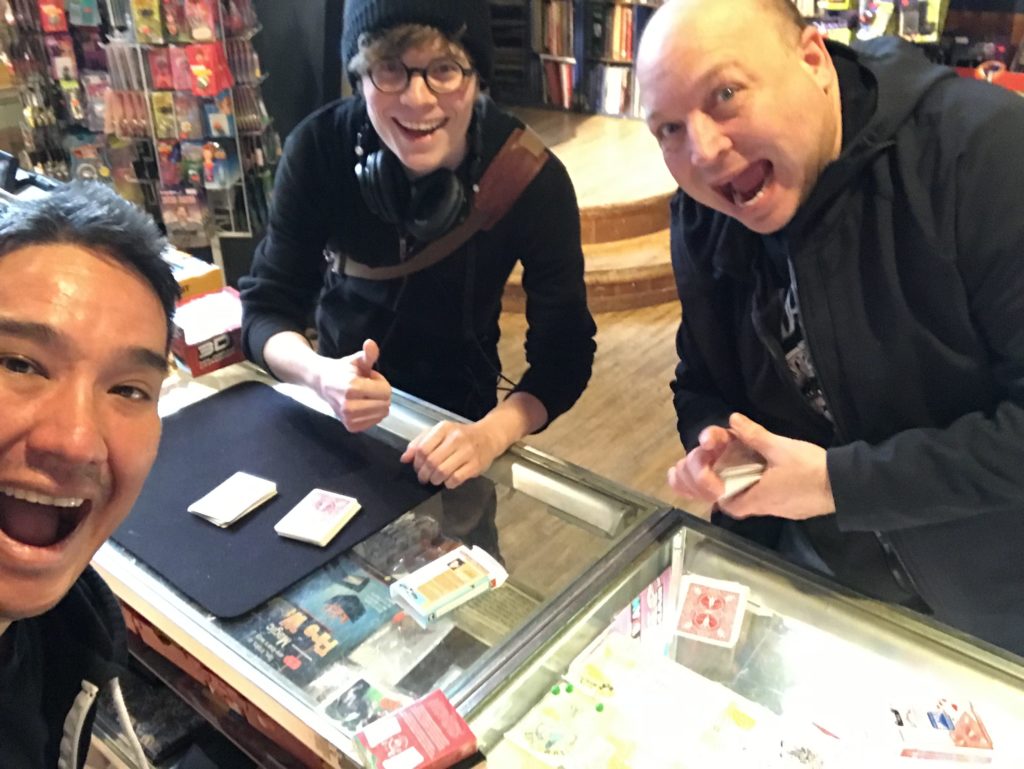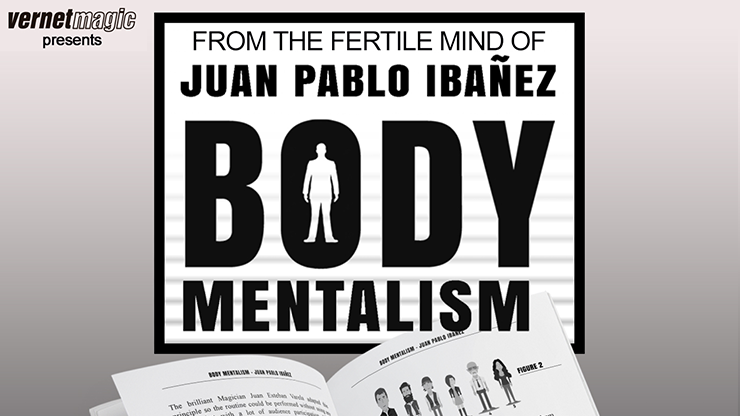The last couple of days I created and refined a coin routine. Here are the two routines and the conditions:
Initially the conditions were:
- Viewed from the front
- Done for the camera
- No table
- Face must be framed
I will say that I initially fudged the face must be framed because I put the coin in my pocket, however there’s still action by my face as that’s where my right hand stays holding a coin.
After coming up the first version, I added a couple more conditions:
- Hands stay in frame
- Usable in a LIVE show with video projection
- Able to set up quickly
With the second set of conditions, I’m thinking about actually using the routine. In the second version, I’m playing the the camera for the two times the coin disappears from one hand and reappears in the other, but it will still work live. The set up quickly condition is huge, I need to be able to reach into my case, grab the coins and be good to go.
Then there’s a small challenge with the condition of my hands not leaving the frame. I have the stupid penny to keep hidden after it changes into the two silver dollars. It sounds simple, but was a pain to figure out how…until I came up with a very simple and obvious solution to holding out the penny for almost the whole routine.
The next step would be to start to work on a verbal routine, or at least intro, to get more than 30ish seconds out of the routine.




